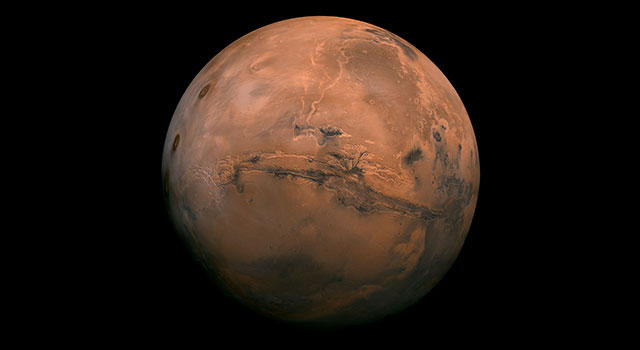Satellites in orbit use rocket propulsion to maintain their altitude. These engines require fuel to power their chemical or ion engines but when the fuel runs out, the orbit slowly erodes with the satellite re-entering the atmosphere. A new type of electrical propulsion has been developed that has no need for onboard fuel. Instead it syphons air particles out of the atmosphere and accelerates them to provide thrust. Much like an ion engine but this time, the fuel source is air making it ideal for low Earth orbits.
Tracing back the invention of the rocket takes us to ancient China around the 13th Century. Gunpowder propelled arrows were in use for military purposes and, known as ‘fire arrows’ were fired at enemy troops. In the 20th Century, rocket propulsion moved forward thanks to key players like Robert Goddard who has been hailed the father of modern rocketry.
In 1926 Goddard invented the world’s first liquid fuelled rocket which led to a new breed of controllable rocket engines. The advent of the rocket engine in all its flavours has enabled human exploration of the Moon and a multitude of robotic explorers throughout the Solar System.
The team based at the Surrey Space Centre hope that their new design will allow satellites to orbit at lower altitude and whilst they will experience more atmospheric drag, the plentiful supply of air will allow them to adjust. The concept can help with climate monitoring and modelling, satellite communication and Earth observations.
At the low altitude orbits, the air is thin but the air powered electric propulsion can still harness the air as a propellant. The idea is very similar to ion engines that typically use Xenon gas as a fuel. Xenon ions are accelerated by a series of charged plates to high velocity and exit the engine producing small amounts of thrust. The new air propulsion works in a very similar way. The adjustments due to drag from friction imposted on the thin air will be constant but directly harvesting the fuel from the air outside means fuel will never run out.

Fundamental to the success of the engine is the air intake which collects gas molecules and directs them to the thruster. The molecules of air are then ionised by the thruster so that they can be manipulated by electrogmagnetic fields. Solar arrays and batteries will provide the power needed to ionise and accelerate the ionised air molecules at high velocities. As the air escapes from the thruster they produce thrust to drive the engine forwards.
The team is made up of academics and engineers from Surrey Space Centre and Surrey’s Centre for Aerodynamics and Environmental Flow. The UK Space Agency have sponsored the team with £250k funding for a year. This will help them to progress the concept into full design, testing and orbital mechanics analyses. If successful in the coming years we may well see air powered satellites in orbit about the Earth.
Source : New air-breathing spacecraft to provide better Earth observation and quicker communications




